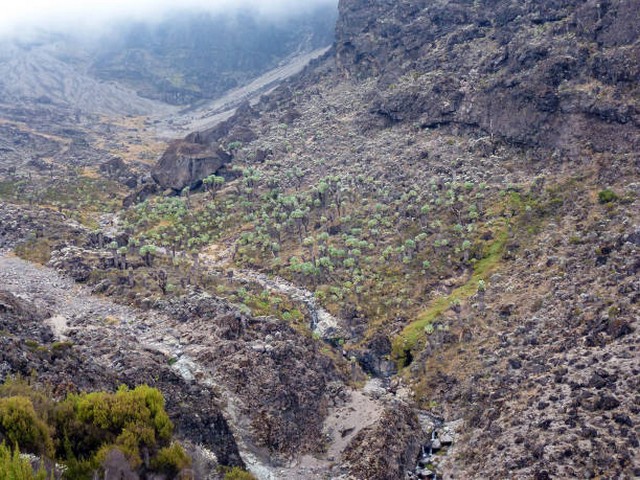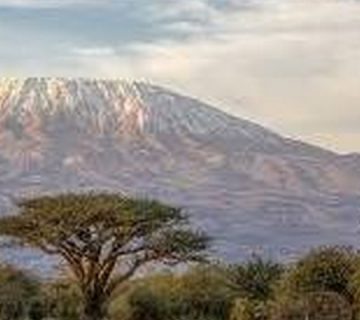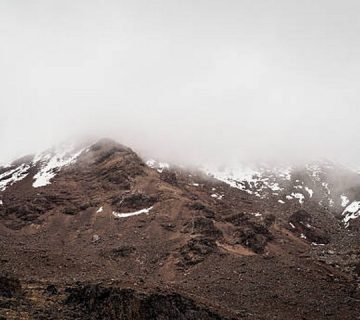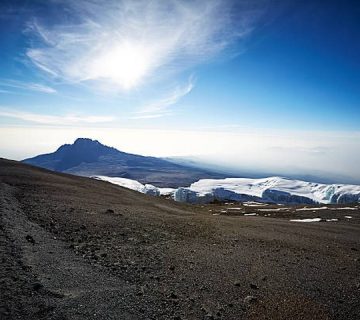Kilimanjaro Trekking With A Focus On Sustainability
Embracing the Majestic Beauty of Mount Kilimanjaro Responsibly
Imagine standing on the rooftop of Africa, where the world seems to bow at your feet, the skies touch your fingertips, and the clouds are within an arm’s reach. This is the magic of Mount Kilimanjaro, a place where dreams scale heights and the spirit of adventure thrives. However, as we chase these dreams, it’s crucial to tread lightly and embrace sustainability. At Kilimanjaro Centre for Trekking and Ecotourism (KCTE), we don’t just guide you to the summit; we ensure that our journeys honor and preserve the natural beauty and cultural integrity of this magnificent mountain.
Why Sustainability Matters on Kilimanjaro
Preserving Natural Beauty and Biodiversity
Mount Kilimanjaro is not just a mountain; it’s an ecosystem rich in biodiversity, home to unique flora and fauna that exist nowhere else on the planet. From the lush rainforests at its base to the alpine desert and the icy summit, every zone is a world of its own. Sustainable trekking ensures that these environments remain unspoiled for future adventurers.
Supporting Local Communities
Sustainability on Kilimanjaro also means empowering the local communities that call this region home. By choosing sustainable trekking practices, we contribute to local economies, supporting jobs and ensuring that tourism benefits are felt widely and fairly.
Reducing Carbon Footprints
The global impact of tourism can’t be ignored, and at KCTE, we are committed to minimizing our carbon footprint. Sustainable trekking practices help preserve the environment and ensure that the beauty of Kilimanjaro remains untainted by the adverse effects of climate change.
How We Practice Sustainability at KCTE
Eco-Friendly Trekking Practices
At KCTE, our trekking practices are designed to ensure minimal environmental impact. We adhere strictly to the principles of ‘Leave No Trace’, which includes packing out all waste, using biodegradable materials, and avoiding single-use plastics. Our eco-friendly camps are set up to ensure that we leave the campsites as pristine as we found them, if not better.
Supporting Local Communities
We strongly believe in the power of community. Thus, we employ local guides, porters, and staff, providing fair wages and working conditions. We also engage in community projects that give back to the villages around Kilimanjaro, from building schools to supporting local water conservation initiatives.
Energy and Resource Management
Our commitment extends to using renewable energy sources wherever possible, including solar panels at our camps. Water conservation is also a priority, with measures in place to ensure that water usage is sustainable and does not deplete local resources.
Tailoring Your Trek: Sustainability Meets Adventure
Routes and Duration
Choosing the right route and duration can significantly influence the sustainability of your climb. Longer routes such as the Lemosho or Northern Circuit offer a slower pace which is better for acclimatization and less impactful on the environment compared to the shorter, more crowded routes.
Group Size
Smaller group sizes reduce the strain on local resources and allow for a more personal and immersive experience. At KCTE, we recommend trekking in smaller groups to lessen environmental impact and enhance your connection with nature and fellow trekkers.
Seasonal Considerations
Trekking during the off-peak seasons not only means fewer crowds but also reduced pressure on local resources. This timing allows the environment to recuperate and offers a unique, serene experience of the mountain.
Your Role in Sustainable Trekking
Educate Yourself
Before you embark on your journey, take the time to learn about the cultural and environmental aspects of Kilimanjaro. Understanding the significance of what you’re experiencing adds depth to your adventure and informs respectful behavior.
Embrace Local Norms
Engaging respectfully with local communities enriches your trekking experience. From learning a few basic phrases in Swahili to understanding local customs, your respectful interaction is an integral part of sustainable travel.
Opt for Eco-Friendly Products
From the gear you wear to the products you use, opting for sustainable and eco-friendly options makes a big difference. Choose biodegradable soaps, sunscreens free of harmful chemicals, and wear clothing made from sustainable materials.
FAQs About Sustainable Trekking on Kilimanjaro
What is the best time of year for sustainable trekking on Kilimanjaro?
The best times for sustainable trekking are during the shoulder seasons, typically from March to May and November to early December. These periods offer the advantage of fewer crowds and a lower environmental impact.
How does KCTE ensure fair treatment for its guides and porters?
At KCTE, we adhere to responsible tourism ethics, providing fair wages, proper equipment, and adequate meals for all our staff. We also offer training and development opportunities to empower our team.
Can I participate in local community projects during my trek?
Yes, we encourage and facilitate participation in community projects. This might range from educational programs to environmental conservation efforts, depending on your interests and the community’s needs.
Journey with Us: Conquer Kilimanjaro Sustainably
At Kilimanjaro Centre for Trekking and Ecotourism (KCTE), we believe that the true beauty of Kilimanjaro lies not only in its snowy summits but in its ability to inspire and transform those who tread its paths. By choosing sustainable trekking practices, you become part of a larger movement that values and preserves this wonder for generations to come.
Ready to embark on a life-changing journey that respects both nature and culture? Book your Kilimanjaro climbing adventure with KCTE today, and experience the pinnacle of responsible trekking. Together, let’s reach the summit sustainably!




